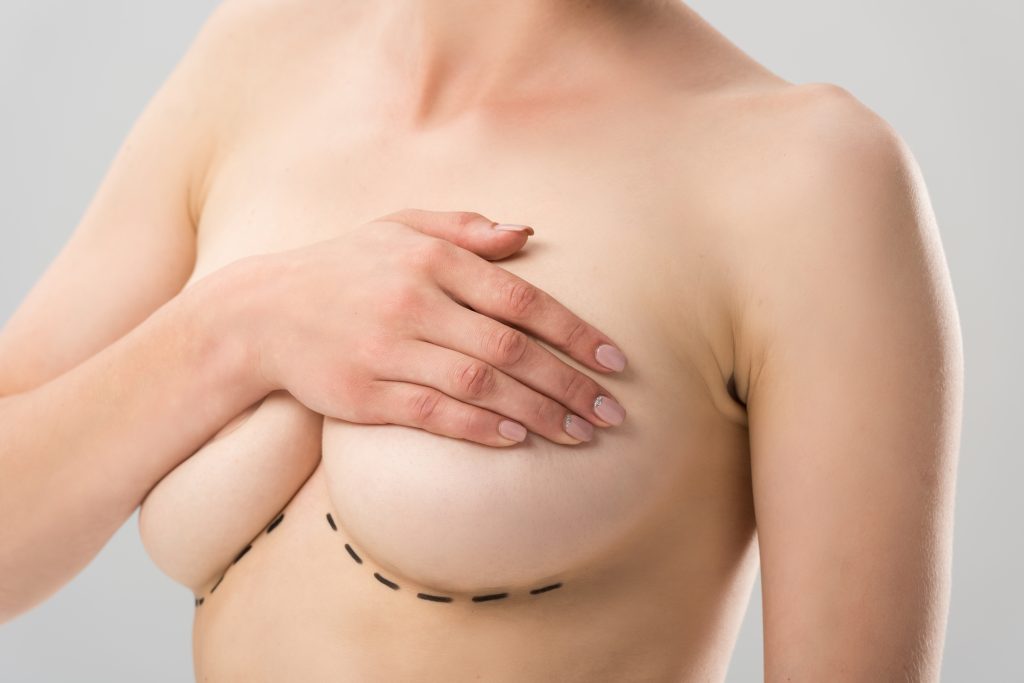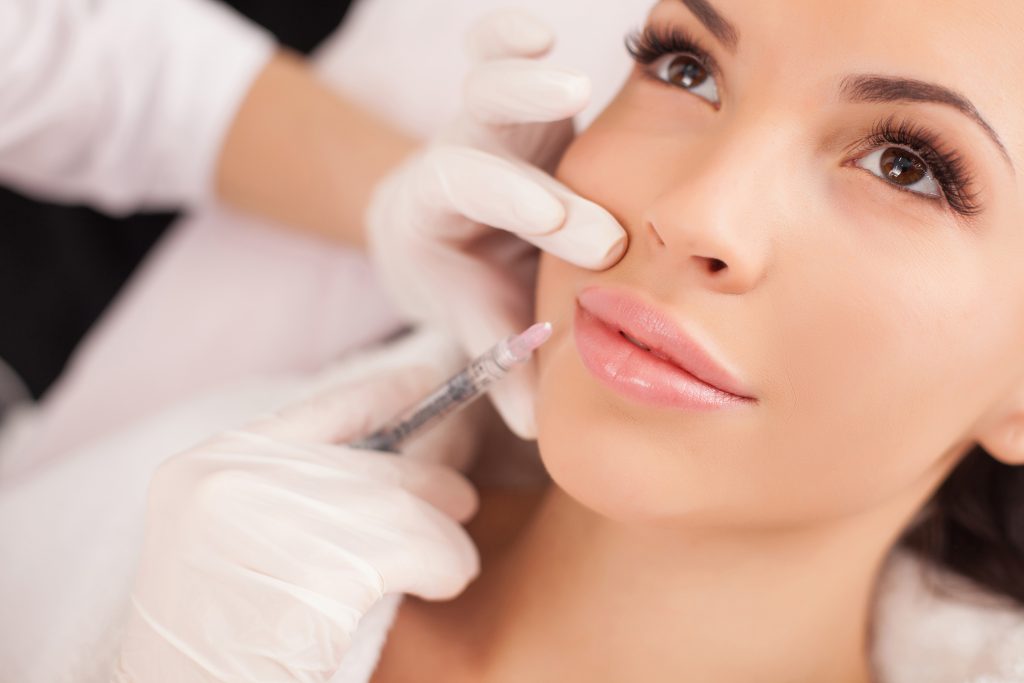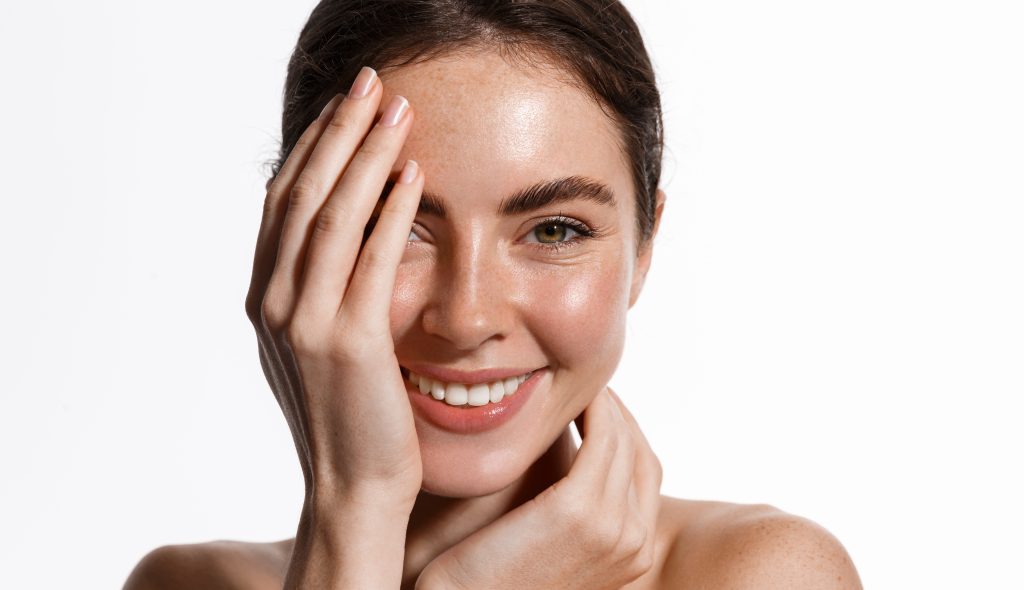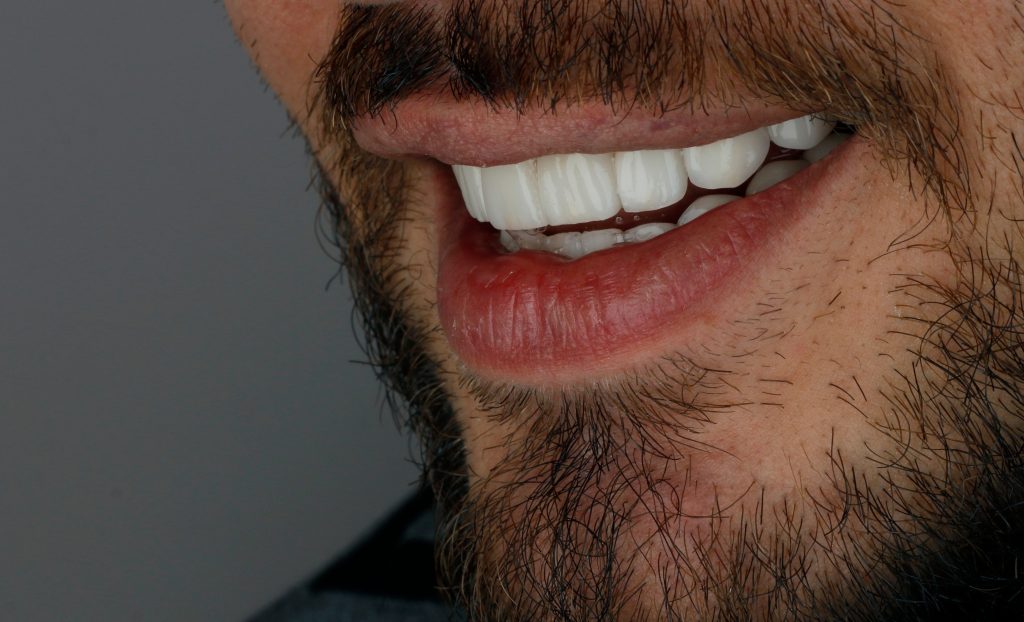
Zirconium Crown in Turkey
Today, awareness of dental aesthetics has significantly developed, and there has been an increased demand, especially in smile designs, for having more beautiful teeth in society. With the digital revolution happening at this time, dental applications have also benefited, increasing the use of digital technologies.
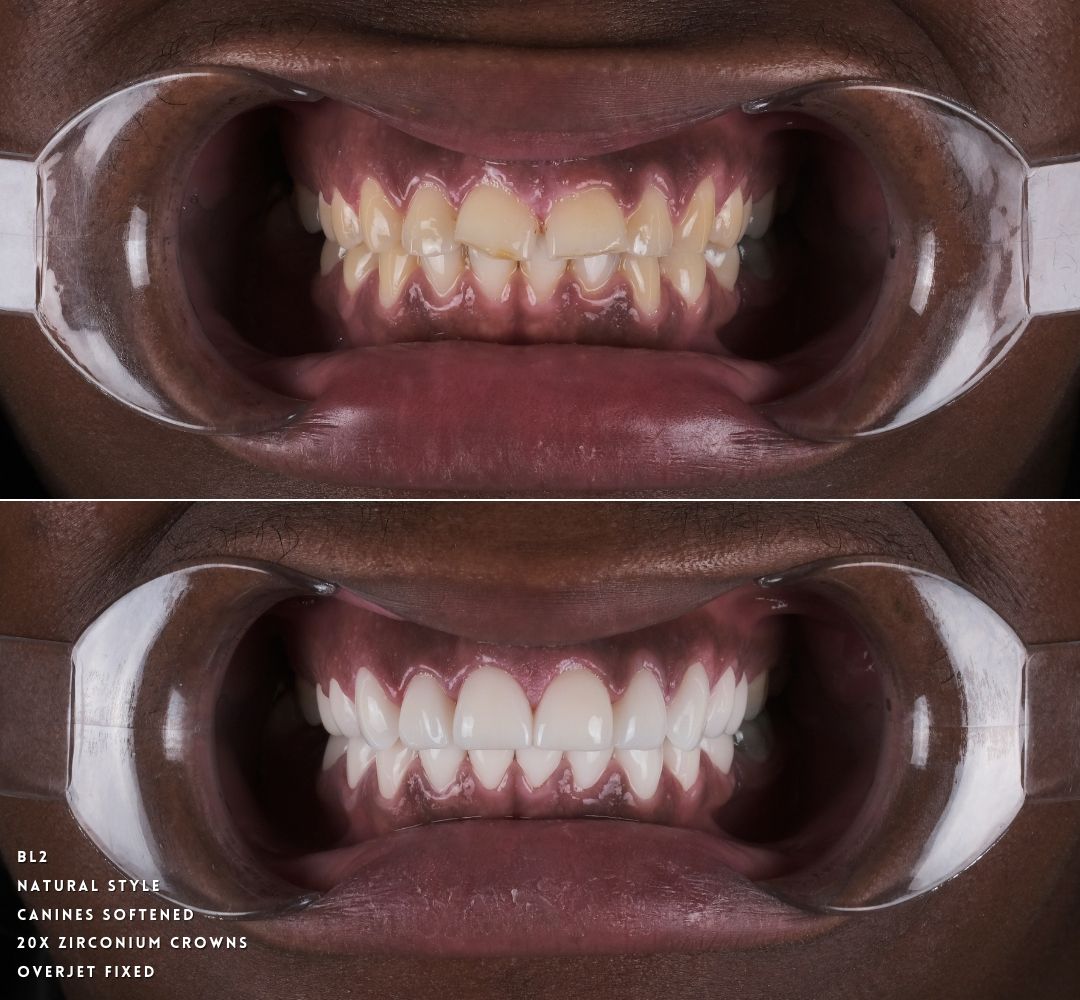
What is Zirconium Crown?
Zirconium dental veneer is a method of covering teeth with a heat-resistant and white-colored material called zirconium, which can also be applied to patients with metal allergies, like classical metal-supported porcelain veeners.
As a result, digital measurements, digital models, or designs without models have become routine applications in daily dental practices. In cases where full dental crowns or bridges are required, zirconium restorations are preferred in digital workflows due to their different aesthetic and hardness classifications. One of the other applications developed in recent years related to dental aesthetics is zirconium teeth. So, what is a zirconium tooth? What are zirconium tooth models? What is there to know about zirconium?
Zirconium dental restoration is a type of coating applied mainly to treat severe decay, tooth fractures, and tooth discoloration. Yttrium-stabilized tetragonal zirconia (Y-TZP) crystal is used for dental ceramics. Although its fragility persists, especially in recent years, its transparency property has been improved with newly developed next-generation monolithic forms. Thus, it can mimic the naturalness of teeth that attempt to be replicated.
Zirconium has become popular in recent years due to its durability, ability to mimic natural teeth, and widespread use in dental coatings such as metal, porcelain, and ceramic. Teeth can wear out or even break for specific reasons. Tooth decay, injuries, and aging are the most common reasons for dental damage. Tooth grinding, tooth clenching, incorrect occlusion, and chewing hard objects can lead to loss of tooth shape and even shrinkage in size.
Zirconium teeth are not used to treat decayed teeth. However, a well-fitted zirconium coating applied to the gum and cut tooth can prevent further decay.
Zirconium coatings are preferred for the following reasons:
Prevention of the breakage and loss of weak and cracked teeth
Prevention of opening gaps between moving teeth
Smile design
Improvement and correction of chewing
Covering large fillings, dental implants, and weakened teeth after root canal treatment
Making teeth whiter
What are the Features of Zirconium Dental Coatings?
Zirconium is an element that shows ceramic properties but is placed in the metal group on the periodic table. It does not have the flexibility of metals but is comparable in strength to metals in terms of bite resistance. In metal-backed porcelain crowns, cracks may occur over time due to chewing forces as the porcelain separates from the metal. However, improved monolithic zirconium crowns are single pieces and do not cause surface fractures called “chipping” when no porcelain layer is added.
Regarding examples of zirconium dental coating, two types are mainly discussed. These are substructure zirconium and full-contour zirconium. Substructure zirconium is preferred in long bridges due to its higher durability. On the other hand, full-contour zirconium is applied more in the restoration of single teeth or short bridges.
There are no additives in zirconium dental coatings. It is considered stronger, more complex, and more durable against fractures than glass ceramics and dental composites. Its structure can prevent cracking, breaking, and crumbling in the underlying teeth. The features of zirconium dental coating are as follows:
Strength: It is particularly strong enough to withstand chewing forces on posterior teeth and is resistant to stress like natural teeth.
Life: Research suggests that zirconium dental coatings have a long lifespan, similar to classical metal alloys.
Compatibility: Since zirconium is a biocompatible material, the probability of the body exhibiting inflammatory or immunological reactions is very low.
Applicability: Dental coating is a time-consuming procedure. This process begins after other treatments, such as fillings and bridges. Dentists can prepare zirconium coatings themselves and apply them in two consecutive sessions if they wish. In the first session, space is made for zirconium on the teeth, and the teeth to be worked on are copied. The zirconium coating tailored to the tooth is delivered in the second session.
How is Zirconium Coating Applied?
After all measurements and preparations are made, zirconium dental coating can be applied quickly. The procedure can be performed with local anesthesia without the need for sedation unless necessary.
How Long Does Zirconium Coating Treatment Take?
Your dentist can apply zirconium coating in five days. At your first visit, they can use a temporary tooth and make preparations. At your next visit, they can apply zirconium permanently. Delivery times have been shortened with digital dental applications. The final stage can be done in 2-4 days, depending on the workflow of the laboratory work.
What is the Lifespan of Zirconium Coating?
Although it will be understood in the long term as a newer method, it can be said that it has a lifespan of at least ten years. It is noted that monolithic zirconium has an even longer lifespan. The average lifespan of zirconium dental coatings is between 10-15 years. Of course, the lifespan of the coating cannot be determined solely by the quality of the material. Depending on how and how much oral hygiene is maintained, the lifespan of zirconium teeth may vary. As with any dental procedure, effective tooth brushing at least twice a day and regular dental check-ups contribute positively to the lifespan of restorations. Reasons that may shorten the lifespan of zirconium dental coatings include:
Untreated tooth clenching problem
Breaking ice or other hard-shelled foods with teeth
Opening packages and bottles with teeth
Poor oral hygiene
After the coating, leakage or sensitivity may be felt. Tooth leakage in zirconium coating decreases gradually over a few weeks, depending on the adhesive used.
Zirconium Crown Frequently Asked Questions
How long do zirconia crowns last?
At this point, most dentists are ready to confirm that zirconia crowns last at least ten to fifteen years. Data indicate that they can last even longer when you brush, floss, rinse, and keep your twice yearly dental appointments.
Can you eat normally with zirconia crowns?
Your gum and tooth may be tender in the area that the work was done, so sometimes it’s helpful to stick to a softer diet for the first few days. With a permanent crown, it is best to avoid sticky things for the first 24 hours. After that, you may eat, drink, and clean your tooth just like you did before.



